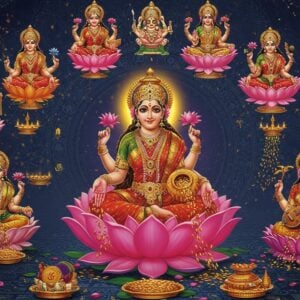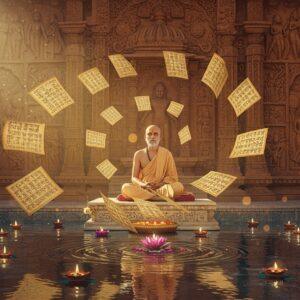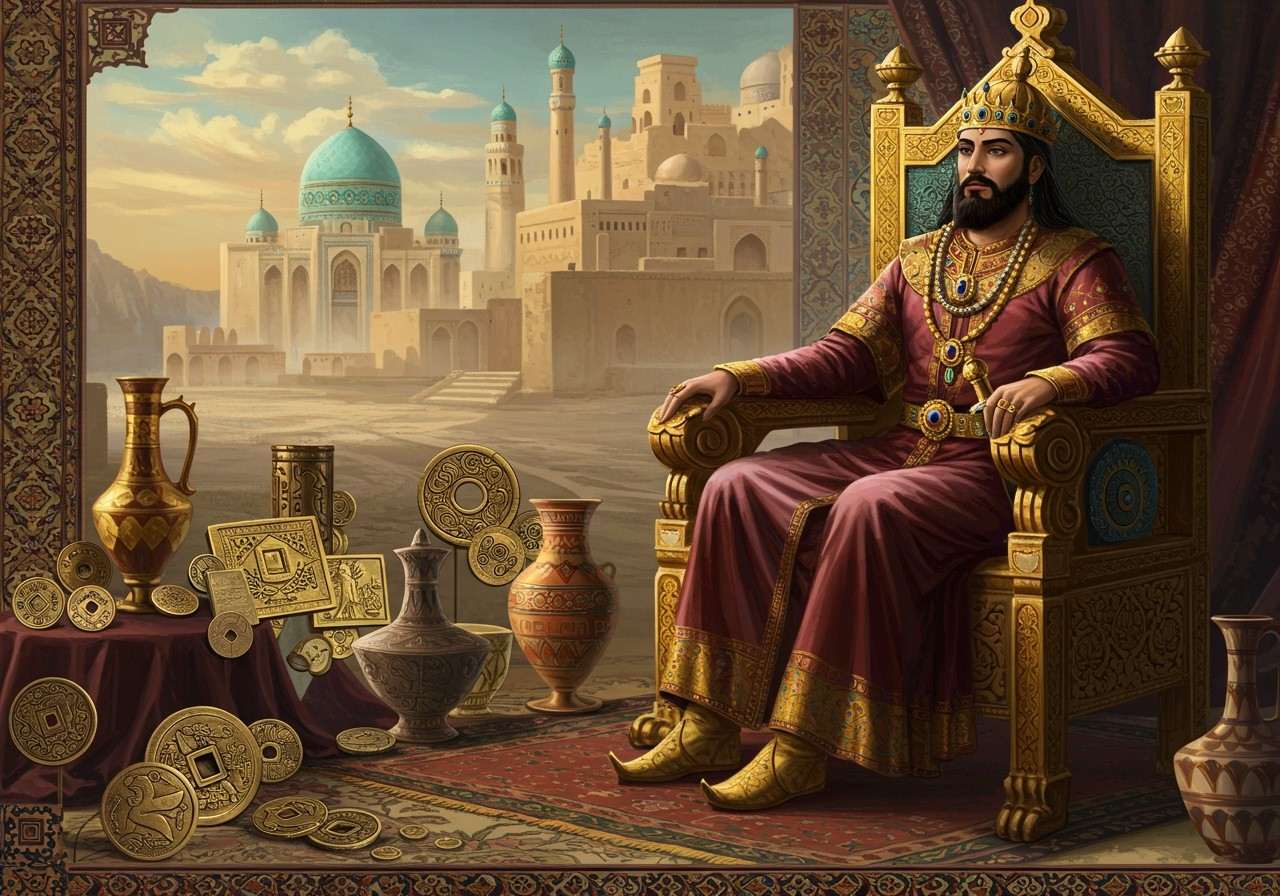
In the grand story of our Bharat, there are chapters we know by heart, and then there are those that are like whispers from the past, waiting to be heard. One such fascinating, yet often overlooked, chapter is the story of the Kushano-Sasanians, also known as the Indo-Sasanians. They were a unique power that formed a cultural and political bridge between two mighty empires, leaving an imprint on our land that can still be felt today. Let’s journey back to the 3rd and 4th centuries CE and rediscover this incredible part of our shared heritage.
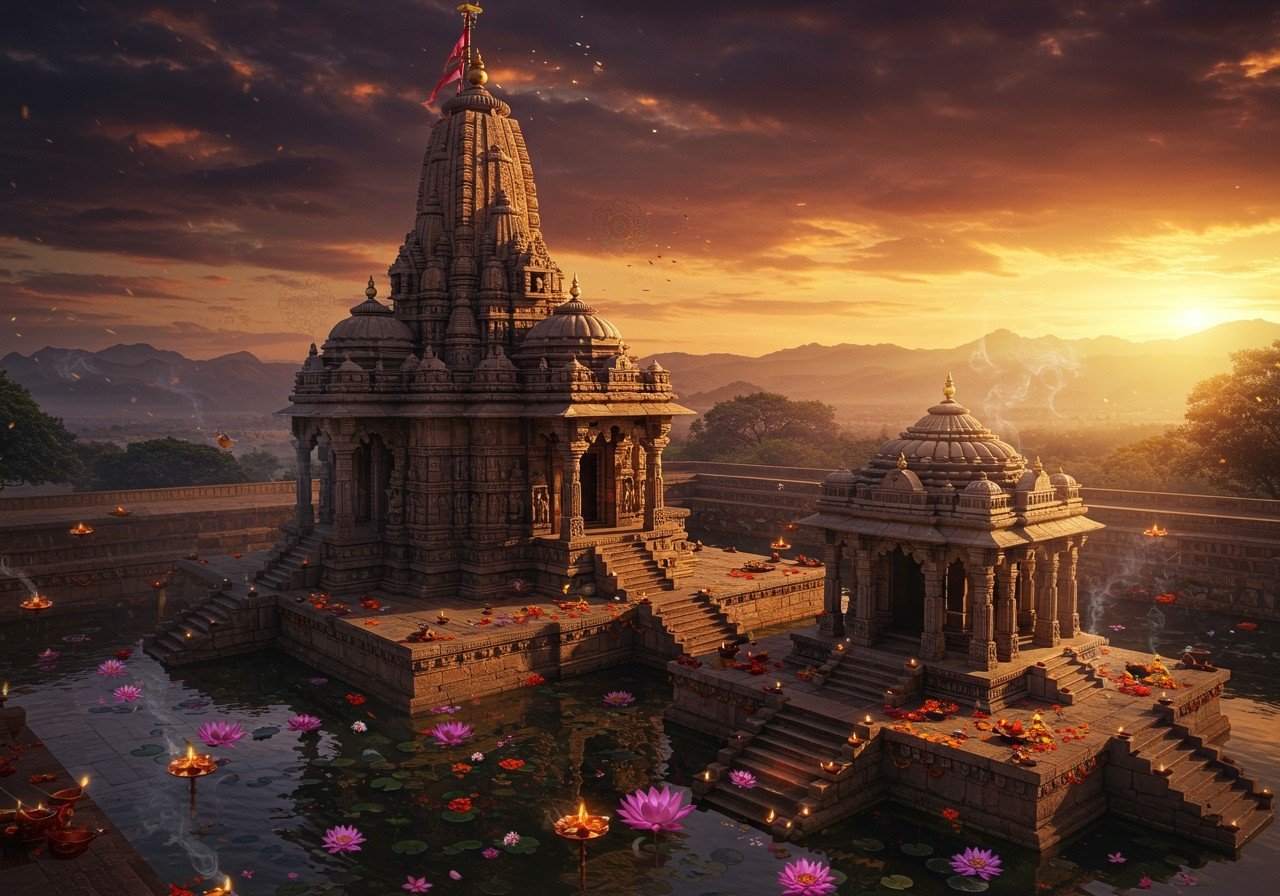
The Dawn of a New Era: The Rise of the Indo-Sasanians
Imagine a time when the great Kushan Empire was fading. Around 225 CE, the powerful Sasanian Empire from Persia began expanding eastward, taking control of regions like Bactria and Gandhara (parts of modern-day Afghanistan and Pakistan). Instead of completely erasing the old ways, they created something new. The Sasanian governors in these lands took the title “Kushanshah,” meaning “King of the Kushans.” This wasn’t just a name; it was a powerful statement of continuity, blending the authority of the Sasanians with the legacy of the Kushans.
This “sub-kingdom” was strategically vital. They controlled the bustling trade routes of the Silk Road, which had been the lifeline of the Kushans. This ensured that despite the change in rulers, the flow of goods, ideas, and culture between the East and West continued, bringing prosperity to the region.
A Beautiful Sangam of Cultures and Faiths
What makes the Kushano-Sasanian story so special for us is the beautiful harmony of cultures they nurtured. This was a time and place of incredible religious tolerance. Their coins and archaeological findings tell a story of a society where different beliefs coexisted peacefully.
- Zoroastrian and Hindu Traditions: The Sasanians brought their traditional faith, Zoroastrianism, and you can see sacred fire altars depicted on many of their coins. At the same time, Hinduism had a strong influence. Many coins beautifully feature Bhagwan Shiva with his beloved Nandi, showing a deep reverence for local Indian deities. This reminds us of the pluralistic fabric that has always been a part of our land.
- The Influence of Buddhism: The region of Gandhara was a major center for Buddhism. The famous prophet Mani, founder of Manichaeism, even visited these lands and was deeply influenced by the Buddhist culture he encountered. This period was a true melting pot, where ideas and spiritual paths met and mingled.
This ancient tradition of creating a sacred space for prayer and reflection continues in our homes today. The fragrance of incense, for instance, has always been used to purify the air and focus the mind. You can bring this timeless tradition to your home with our range of fragrant agarbattis like the Kushal Mangal Rose Agarbatti or the calming Kushal Mangal Lavender Agarbatti.
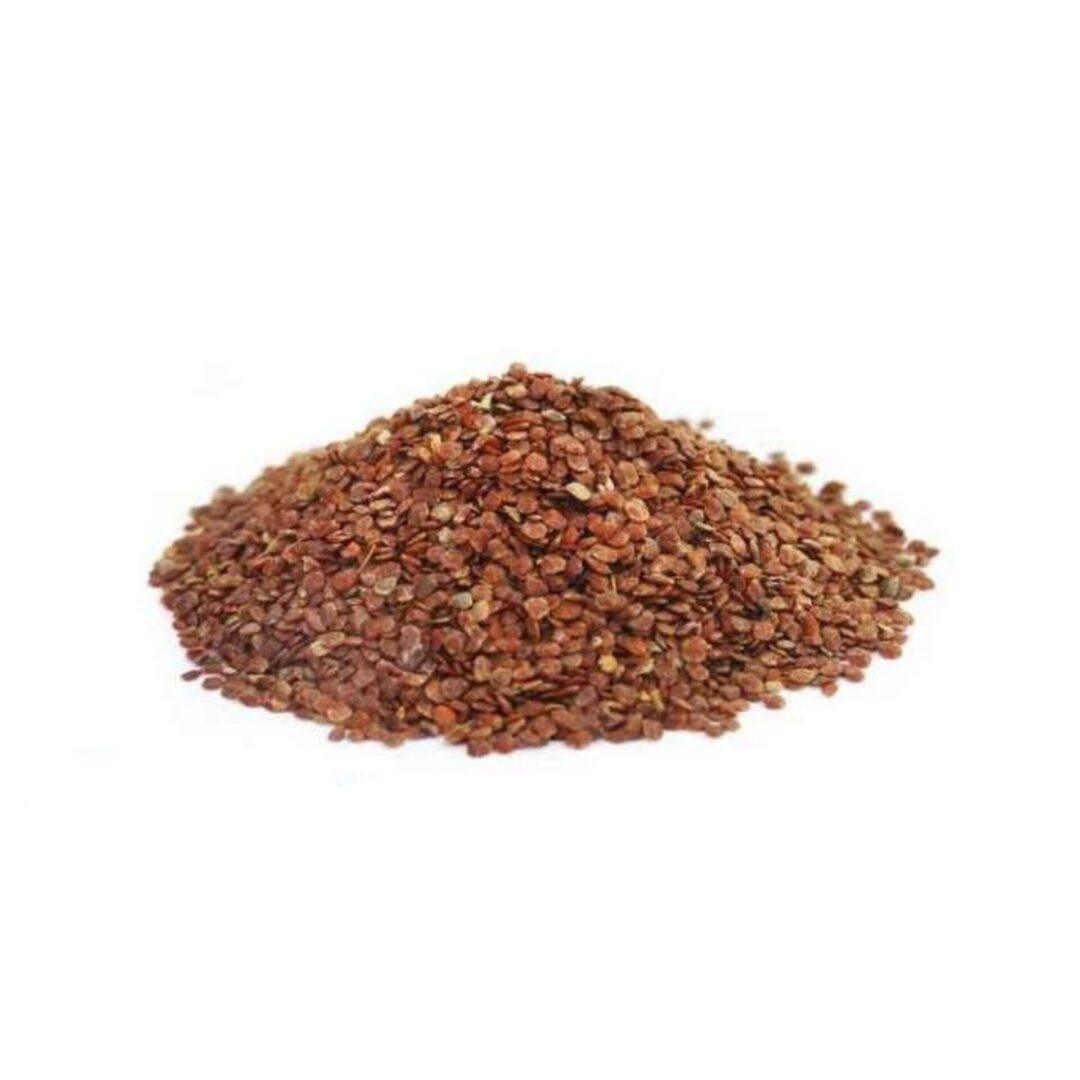
Art and Coins: A Story Etched in History
The artifacts left behind by the Kushano-Sasanians are like little windows into their world. Their art was a stunning fusion of Persian and Indian styles. The way they depicted their rulers on coins—with elaborate crowns and royal symbols—was very Sasanian. Yet, the themes and deities on the reverse side were often purely Indian.
Their extensive coinage, with legends in Brahmi, Pahlavi, and Bactrian scripts, tells us a rich story. These coins were not just currency; they were declarations of power, faith, and identity. This practice of using symbolic art in everyday and sacred objects is a tradition we still cherish. A beautifully crafted brass tray used in a puja, for example, is not just a utility item but a piece of art that connects us to our rich past. You can explore similar timeless pieces like the Fancy Brass Dala Tray on our store.
The Enduring Legacy
Like all great empires, the Kushano-Sasanian rule eventually came to an end. Around 360 CE, they began losing territory to a new power, the Kidarites, and were eventually absorbed back into the main Sasanian Empire. But their legacy didn’t just disappear. Their unique blend of art influenced styles for centuries, and their administrative practices left a mark on the empires that followed.
Many people often wonder about the significance of such ancient kingdoms. The importance of the Indo-Sasanians lies in their role as a vibrant bridge. They connected empires, blended cultures, and kept the heart of the Silk Road beating, ensuring that the exchange of knowledge and traditions never stopped. They are a testament to India’s ancient history of assimilation and tolerance.
Connect with Ancient Traditions Through Poojn.in
Speaking of traditions that connect us to our roots, the very name ‘Kushan’ reminds us of something deeply sacred in our own puja rooms – the Kusha grass. For millennia, our sages and devotees have used a Kushasan, or a mat made of this pure grass, for meditation and rituals. It is believed to insulate the body from earthly energies, helping one to concentrate better.
At poojn.in, we are proud to help you continue this sacred tradition. We offer authentic, vedically prepared Kushasans made from original Kush grass. By choosing one, you are not just buying a product; you are embracing a timeless practice that has been passed down through generations.
A Heritage to Cherish
The story of the Kushano-Sasanians is a powerful reminder of the rich, complex, and interconnected history of our subcontinent. By understanding these forgotten chapters, we gain a deeper appreciation for the cultural tapestry that we are all a part of. Let us continue to explore, learn, and cherish these incredible stories from our past.
Further Reading on Our Rich Heritage:
-
Explore the wonders of temple architecture: A Guide to Their Architectural Wonders.
-
Plan your visit to a historical marvel: Sas Bahu Temple Visit: Your Essential Guide.

